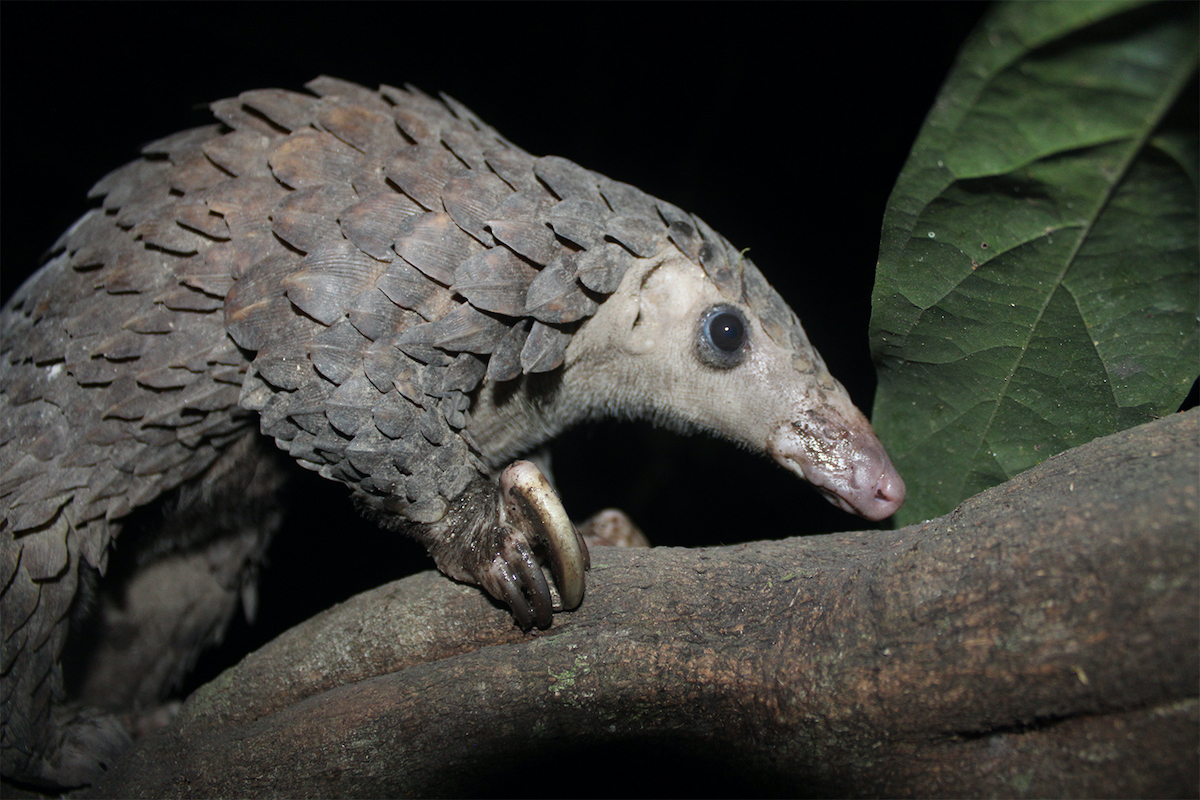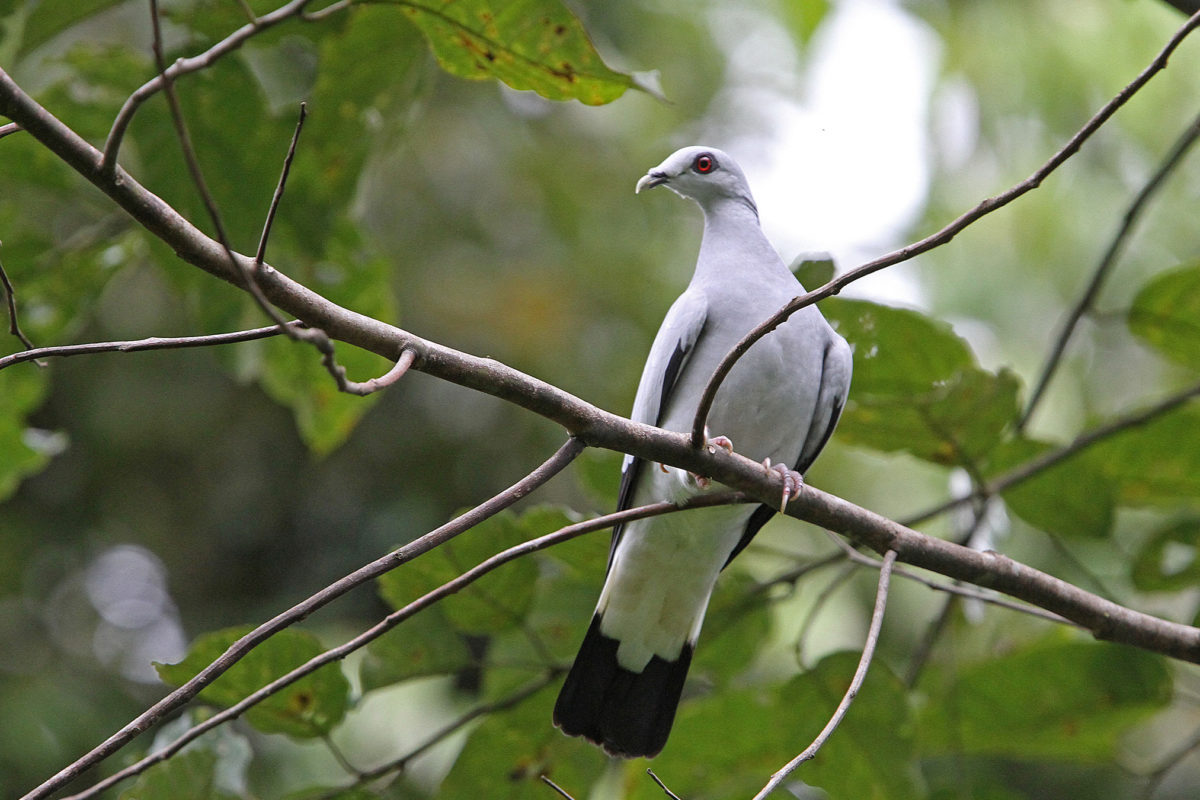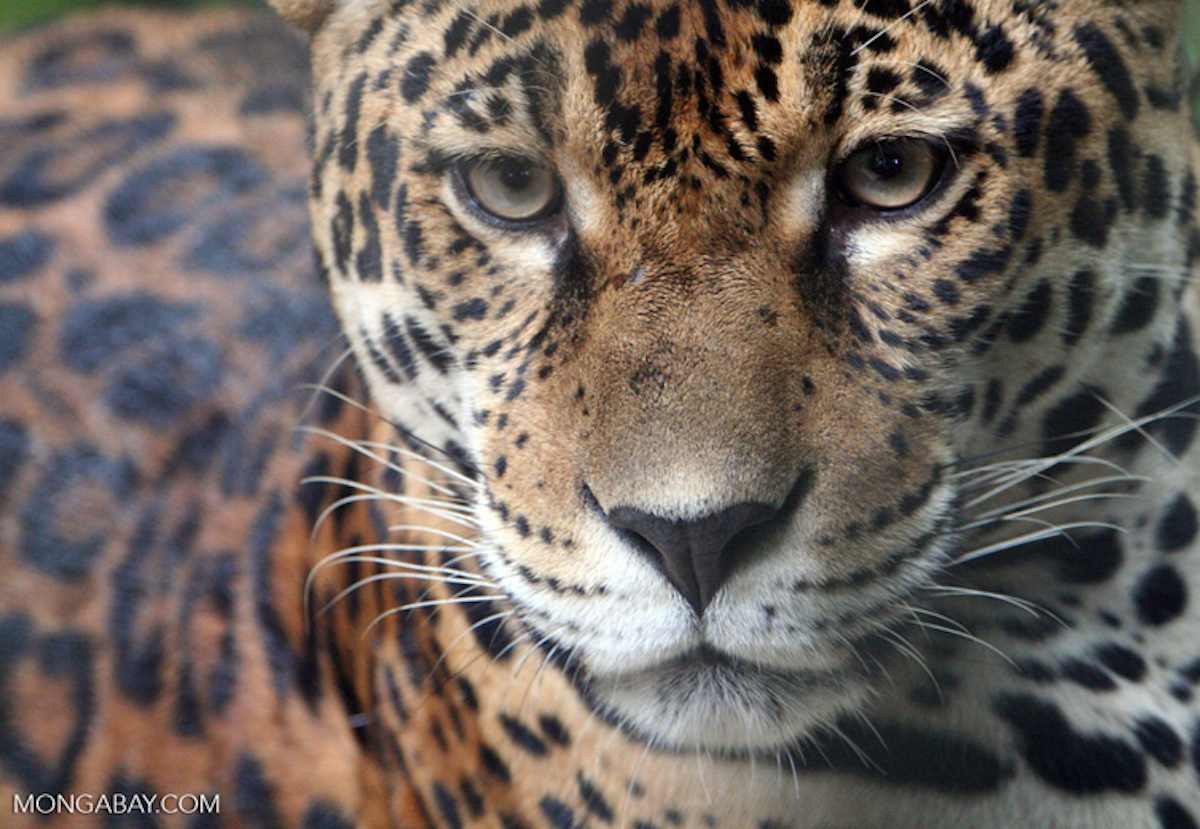
Pangolins in a market in West Africa. This image was provided anonymously to Mongabay.
Reporting on wildlife trafficking has long been part of Mongabay’s independent journalism. However, as trafficking is becoming more sophisticated with a growing online presence coupled with the global biodiversity crisis , Mongabay launched a dedicated reporting project in 2021 to shed light on this particular activity. As part of this effort, journalists from around the world are exploring the scale, extent and impact of the illegal wildlife trade from the ground up, as well as documenting gaps and opportunities in current efforts to combat it.
What is the illegal wildlife trade, and how does it affect biodiversity?
Wildlife trafficking is the illicit sale or exchange of wild animals and plants.
The rapid evolution of the illegal wildlife trade is contributing to unprecedented declines in some of the world’s most recognizable species, as well as lesser-known species vital to the health of ecosystems. Species as diverse as chameleons, bonobos and sharks are affected by this trend. Poachers and traffickers supply organized criminal enterprises to meet consumer demand for wildlife commodities and live animals in an annual trade worth billions of dollars, according to estimates by the World Bank.
Furthermore, methods used by poachers to capture animals for illegal trade can result in accidental “bycatch” of many other species, including those threatened with extinction. Such methods include indiscriminately set snares in forests, or cutting down large, ancient trees to access hornbill nests. Also, many of the animals, such as tigers, helmeted hornbills, rhinos and pangolins targeted for illegal trade are very scarce. In some cases, they’re also listed as endangered or critically endangered by the IUCN. In these instances, the loss of breeding age adults is particularly devastating, but removing any individuals from a population has the potential to affect species’ survival over the long term.
Wildlife trafficking around the world
Whether it involves pangolins in the Philippines, jaguars in Bolivia or orangutans in Indonesia, the illegal wildlife trade is a global issue and a major threat to biodiversity.
The following stories are from some of the most affected regions in the world, including Africa, the Americas and Asia.
Africa: white-bellied pangolins

A female white-bellied pangolin that was captured, tagged and released in Cross River National Park as part of an effort to understand the habits and home range size of this endangered species. Image courtesy of Charles Emogor.
Pangolins are known for being the most trafficked mammal in the world. Scientists say consumer demand for pangolin meat and scales, mostly from China and Vietnam, is the primary driver of pangolin trafficking. However, with Asian pangolin species becoming scarcer, Mongabay’s reporting has revealed that Nigeria is a growing hub for collecting and moving pangolin scales and meat, along with other illicit animal parts, around the world. There, Mongabay contributor Gianluca Cerullo looked at the white-bellied, also called the tree pangolin, which is one of the four species of African pangolins targeted by illegal wildlife traffickers The article shines light on not only the motivation behind poaching, but also efforts to address the issue, like those of researcher Charles Emogor, who is working to both study the species and collaborate with communities to end the poaching.
Click here to read the full article.
Americas: jaguars
In an in-depth article, Mongabay’s Spanish-language news bureau, Mongabay Latam, reported on the rampant poaching of jaguars in the South American nation of Suriname, even within protected areas like Brownsberg Nature Park. Jaguars face multiple threats: they’re persecuted for attacking livestock or pets, and their habitat has been fragmented and destroyed. But poaching for the illegal wildlife trade has become the primary threat to the big cats. According to Nichola Brischi, one of the few investigators who has comprehensively tracked the trafficking of jaguar parts in Suriname, poaching is driven by a demand for jaguar body parts, particularly jaguar paste, which Chinese buyers pay highly for. One of the biggest challenges to stopping illegal jaguar trafficking in Suriname is an overall lack of enforcement. Earth Action League co-founder and researcher Andrea Crosta told Mongabay Latam how these crimes are carried out openly and with impunity. As recently as 2003, the buying and selling of jaguar parts was not seen as a crime in Suriname. However, a variety of groups are working to change this reality.
Click here to read the full article.
Asia: silvery pigeon

The silvery pigeon is one of the most threatened pigeon species in the world. As a seed disperser, this species helps contribute to the overall biodiversity of the small islands it inhabits, according to researcher Simon Bruslund. Image by James Eaton/Birdtour Asia.
The online trade in silvery pigeons underscores the level of threat the illegal wildlife trade places on critically endangered species. Though only an estimated 50 to 1,000 silvery pigeons remain in the wild, recent research has found that the silvery pigeon, a protected species endemic to western Indonesia and Malaysia, is sold as a pet via the internet to international buyers. Although the level of trade appears relatively low, the fact that the species is being traded via social media platforms could be an early indicator of an emerging trend. According to Simon Bruslund, curator of ornithology at Germany’s Rostock Zoo, what currently appears to be a small-scale trade popping up online may be an early indication of a wider problem: “We see trends starting sometimes out of the blue, we see suddenly that there’s a new interest in a new species that appears in the trade. And it just takes off.”
Click here to read the full article.
#TradingtheWild
In the coming weeks, Mongabay will share parts of this series with articles and videos on the illegal wildlife trade from affected regions. Watch for our #TradingtheWild hashtag on Facebook, Twitter and Instagram to follow this special coverage.
Learn more about the illegal wildlife trade
If you would like to learn more about the illegal wildlife trade, please check out this page to access all the articles we have published on the topic.

